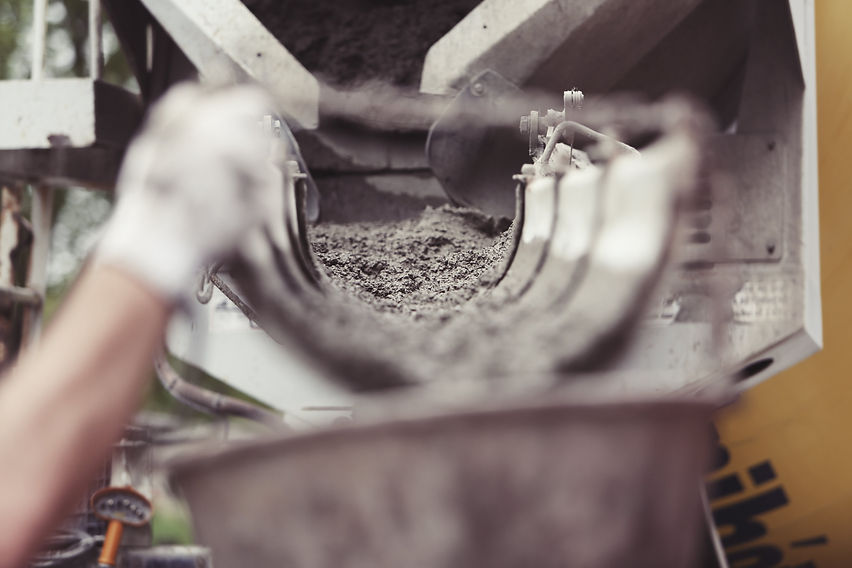
Upcycling Soft Clay into
Artificial Aggregates
Elevating Construction Practices: Transforming Soft Clay into High-Performance Artificial Aggregates
Unlocking the Potential of Soft Clay
Soft clay (including marine clay) is known for its undesirable properties, such as poor shear strength, low permeability, high moisture content, and high plasticity, and has long been a challenge in construction. Singapore's construction and dredging works generate millions of cubic metres of soft clay every year.
The conventional approach, which involves disposing of soft clay into the sea and procuring new soil for backfilling, requires soil treatment effort and time before the land can be developed. It is unsustainable in view of the huge material demand by the island country to tackle sea level rise and uncertainty of sand supply in the long run. Thus, there is a pressing need to transition towards more circular and resource-efficient practices for a resilient and environmentally friendly construction industry in Singapore.
ZA's Mission:
Converting Soft Clay into Alternative Construction Materials
ZA is implementing its SIL (Stabilisation, Immobilisation, and Lithification) technology to address the soft clay challenge of converting soft clay into Artificial Aggregate. This innovative process is cost-effective and has a lower carbon footprint compared to sand and granite. The SIL process promotes resource efficiency, saves disposal space, and creates alternative construction materials from waste.
Featured Innovations
ZA’s proprietary SIL technology offers versatility in producing Artificial Aggregates tailored to the desired strength, CBR, and particle size distribution from soft clay, sludge, soil, and other wastes. It has been successfully applied at Singapore’s Changi East Depot construction site since 2023. The artificial aggregate product is being used as the backfilling materials on site, and the performance is much better than good earth.
ZA-H™ significantly enhances the environmental safety and engineering properties of the soft clay. This patented specialty chemical ZA-H™, with both chemical stabilization and physical solidification functions to address heavy metals and organic pollutants. It has been applied regionally since 2013 for treating various solid wastes, such as marine clay, industrial wastewater sludge, and incineration ash, with a successful track record.


Before Treatment
After Treatment
More about Artificial
Aggregates Applications
The artificial aggregates made from soft clayb can be used for various construction applications, including:

Land Reclamation

Road Construction

Cilvil Backfilling

